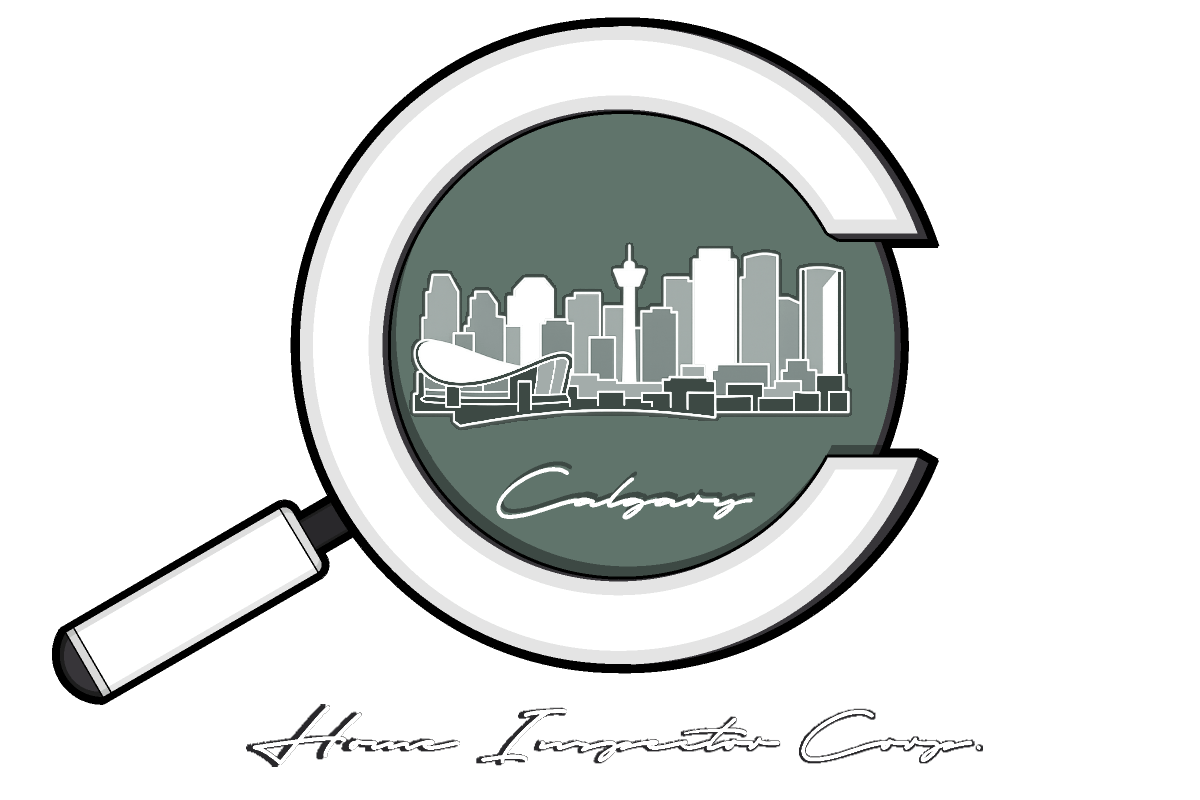New Build Home Inspection: A Calgary Homeowner’s Guide

Building a new home in Calgary is an exciting milestone for many homeowners. It’s a chance to design a space perfectly suited to your lifestyle, complete with modern layouts, energy-efficient features, and personalized finishes. However, ensuring your home meets the highest standards requires careful planning, and this is where a new build home inspection plays a vital role.
The Excitement and Challenges of Building a New Home in Calgary
Although the possibilities are limitless, the process also presents challenges that can be overwhelming. Calgary’s variable weather conditions, strict local building codes, and complex construction timelines can create uncertainties. Mistakes or oversights during construction can lead to costly repairs down the line. Inspections at key stages ensure your home is built to the highest standards, giving you peace of mind as your dream home takes shape.
Are Inspections Necessary for Newly Constructed Homes?
Many homeowners assume that a newly built home is flawless, but this is rarely the case. Even with reputable builders, the sheer complexity of constructing a home can lead to small mistakes or oversights. These aren’t due to malice but often stem from the reality of builders managing multiple projects at once. Tight timelines and the involvement of numerous subcontractors often lead to omissions in the details.
Why Newly Built Homes Aren’t Always Perfect
Many homeowners assume that newly built homes are perfect, but construction is a complex process involving multiple trades, materials, and timelines. Even reputable builders are juggling several projects and can unintentionally miss details. These oversights aren’t a matter of poor craftsmanship—they’re often the result of rushed schedules and the sheer scale of coordination involved.
Common issues in new builds include:
- Misaligned framing or uneven drywall.
- Plumbing or mechanical systems installed incorrectly.
- Minor cosmetic flaws that can sometimes mask underlying issues.
These types of oversights aren’t uncommon, especially in fast-paced construction environments. Without enough eyes on every detail, small mistakes can compound, potentially leading to larger problems after you move in.
Even showhomes aren’t safe from defects. Check out #2 in our top home inspection defects of 2024 blog to see for yourself.



Why Should You Inspect Your New Build Home?
A new build home inspection isn’t just about finding flaws; it’s about ensuring quality and protecting your investment. Inspections give you the opportunity to address issues while the builder is still on-site, helping you avoid costly repairs down the road.
Additionally, inspectors provide an unbiased review of your home’s condition, focusing on areas you might not consider during a walkthrough, such as framing, insulation, and mechanical systems. Early detection of these details ensures your home meets your expectations and is ready for move-in day.
Is a New Construction Home Inspection the Standard Practice?
In Calgary and other regions across Canada, new construction home inspections are not a mandatory step in the building process. Builders are required to adhere to municipal building codes, and inspections by city officials focus on code compliance. However, these inspections don’t always address the overall quality, functionality, or long-term performance of your home.
Why Builder Walkthroughs and Municipal Inspections Aren’t Enough
Municipal inspections are essential for ensuring basic compliance, but they are often limited in scope and focus. Builders also conduct walkthroughs, but these are typically centered on cosmetic details and meeting contractual obligations. The complex nature of modern home construction means that even experienced builders, managing multiple projects at once, may overlook details that could affect the performance or comfort of your home.
While not legally required, this additional layer of inspection has become a trusted practice for homeowners who want to protect their investment and ensure their home is built to the highest standards.
Remember, municipal inspectors work for the city. Builders work the developer. Home Inspectors, work directly for you.
What Are the Stages of a New Home Build?
Each stage of the step-by-step process of building a new home is crucial to the final outcome. Inspections ensure quality and identify potential issues at key points in the construction timeline, from laying the foundation to adding the finishing touches. While every build is unique, the simplified process follows these stages:
- Foundation Stage: Includes pouring the foundation and ensuring proper grading and drainage.
- Framing Stage: Focuses on the structure’s skeleton, including walls, floors, and roof framing.
- Pre-Drywall Stage: Involves installing plumbing, electrical, and HVAC systems before walls are sealed.
- Interior and Exterior Finishes: Covers the addition of drywall, fixtures, flooring, and siding.
- Final Walkthrough Stage: The home is completed, and the builder conducts a walkthrough with the buyer to review the work.
Key Stages of a New Build Home Inspection
A new build home inspection focuses on three primary points in the construction process, offering homeowners peace of mind as their home takes shape:
- Pre-Drywall Inspection: Before the walls are closed, this inspection ensures that the critical systems—plumbing, electrical, and HVAC—are properly installed and accessible. It also includes a review of the framing and any structural elements that will soon be concealed.
- Pre-Delivery Inspection: Once the construction is complete, a thorough inspection of the home identifies any issues or unfinished work before you take possession. This stage allows you to address cosmetic and functional concerns with the builder while they are still responsible.
- 11-Month Warranty Inspection: Conducted just before the builder’s warranty expires, this inspection focuses on problems that may have developed over time, such as settling cracks, HVAC performance, or moisture intrusion. It’s the last opportunity to have issues resolved by the builder.
Offering Flexibility for Additional Construction Inspections

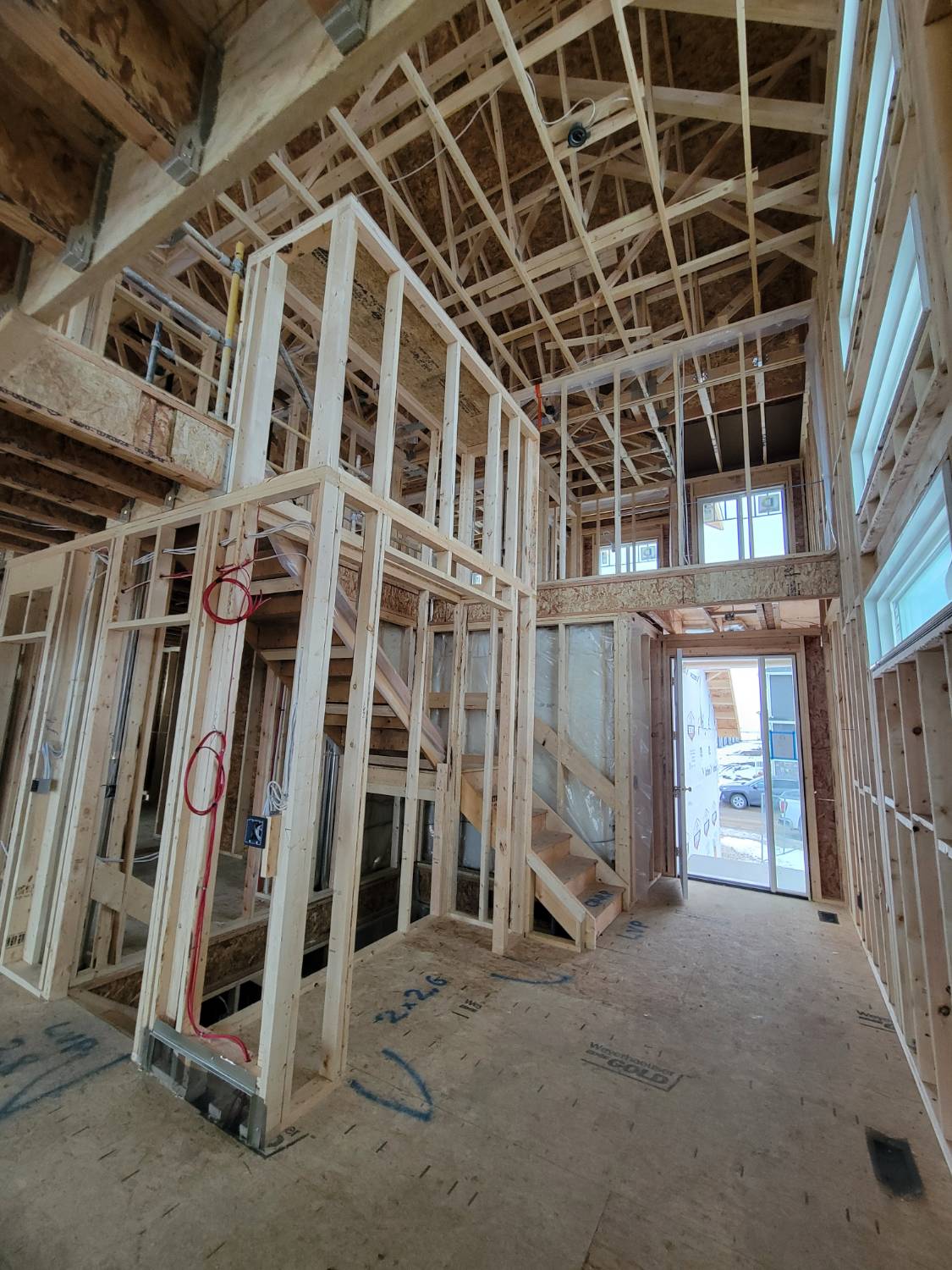
What Should You Know Before Your Builder’s Walkthrough?
A builder’s walkthrough at the completed framing and rough-in stage is an essential opportunity to review progress on your new home. At this phase, the structural framework and major systems, such as plumbing, electrical, and HVAC, are in place but not yet concealed by drywall or finishes. This walkthrough allows you to check that everything is on track and gives you a chance to identify any concerns while systems are still accessible.
1. Understand the Purpose of the Walkthrough
This stage focuses on the “bones” of your home—framing, electrical rough-ins, plumbing lines, and HVAC installations. While it’s not about finishes or final functionality, it’s an important time to ensure the structural and mechanical work aligns with your plans. Builders will guide you through the home, pointing out critical components and gathering your feedback.
2. What to Look for During the Walkthrough
As the homeowner, you should pay close attention to:
- Framing: Look for any warping, misaligned beams, or improperly installed structural components.
- Plumbing: Check for proper placement of pipes and rough-ins for sinks, tubs, and appliances.
- Electrical: Verify outlet and switch placements to ensure they meet your expectations.
- HVAC: Observe the ductwork layout and placement of vents to confirm they align with your home’s design.
3. Bring the Right Tools
Even at this stage, coming prepared will help you make the most of the walkthrough. Consider bringing:
- A notebook or checklist to record your observations and questions.
- A measuring tape to confirm room dimensions and placement of key features.
- A flashlight to inspect darker areas, such as crawl spaces or attics.
- A camera or phone to document anything you’d like clarified or adjusted.
4. Have Your Inspector Join the Walkthrough
This stage is also an excellent time to involve your Calgary home inspector. They’ll provide an unbiased assessment of the construction progress completed so far, focusing on areas you may not notice, such as the quality of framing, proper sealing around penetrations, or adherence to basic construction standards. Don’t be surprised if they step away from the group to inspect in greater detail. Having their observations early can help address any concerns before they’re covered by drywall.
5. Communicate Clearly with Your Builder
Take the time to ask questions and note any areas where you’d like adjustments or clarifications. Builders value constructive feedback and will typically work with you to address concerns at this stage. Keeping an open dialogue helps ensure your home is built to your expectations.
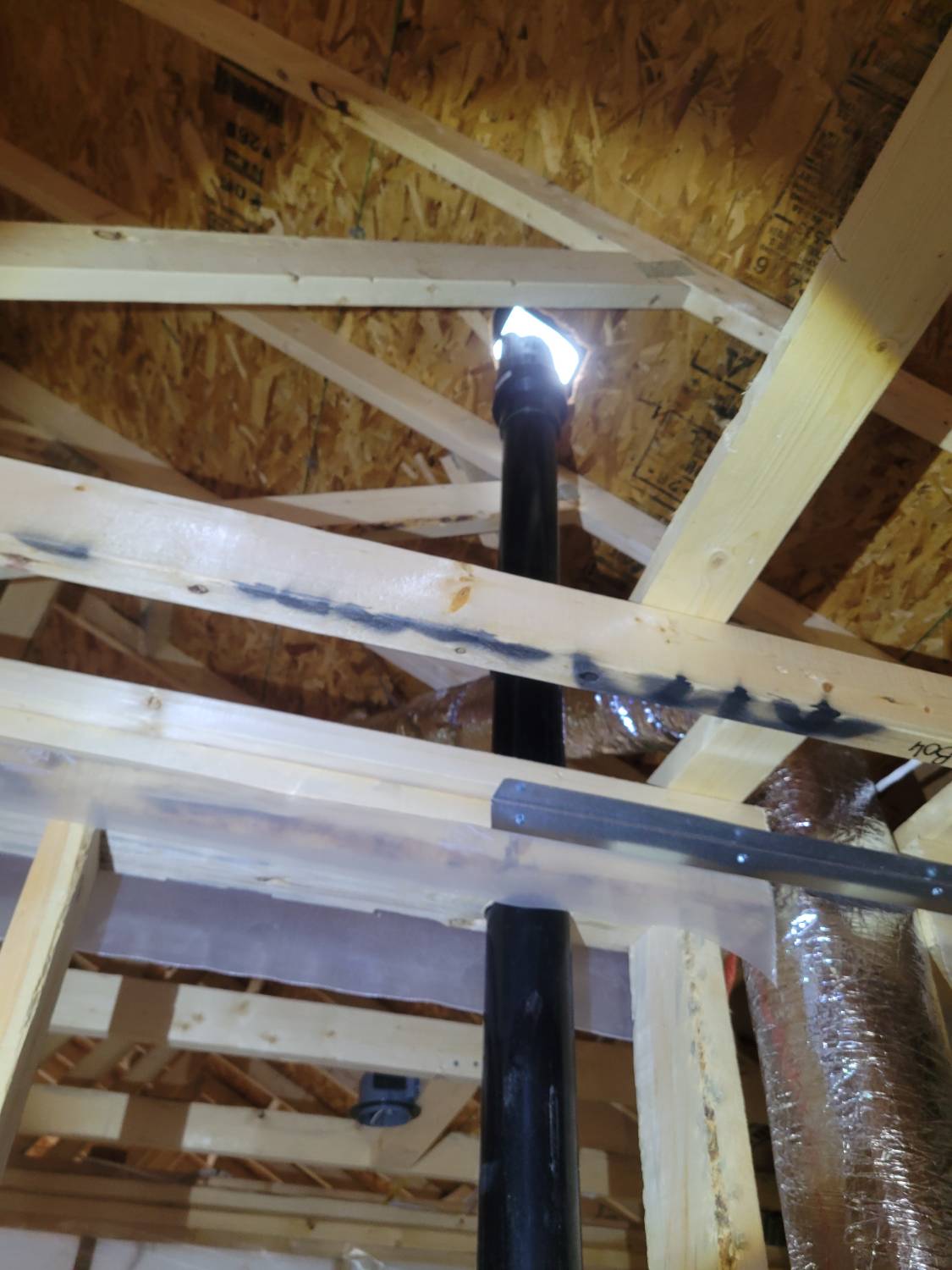
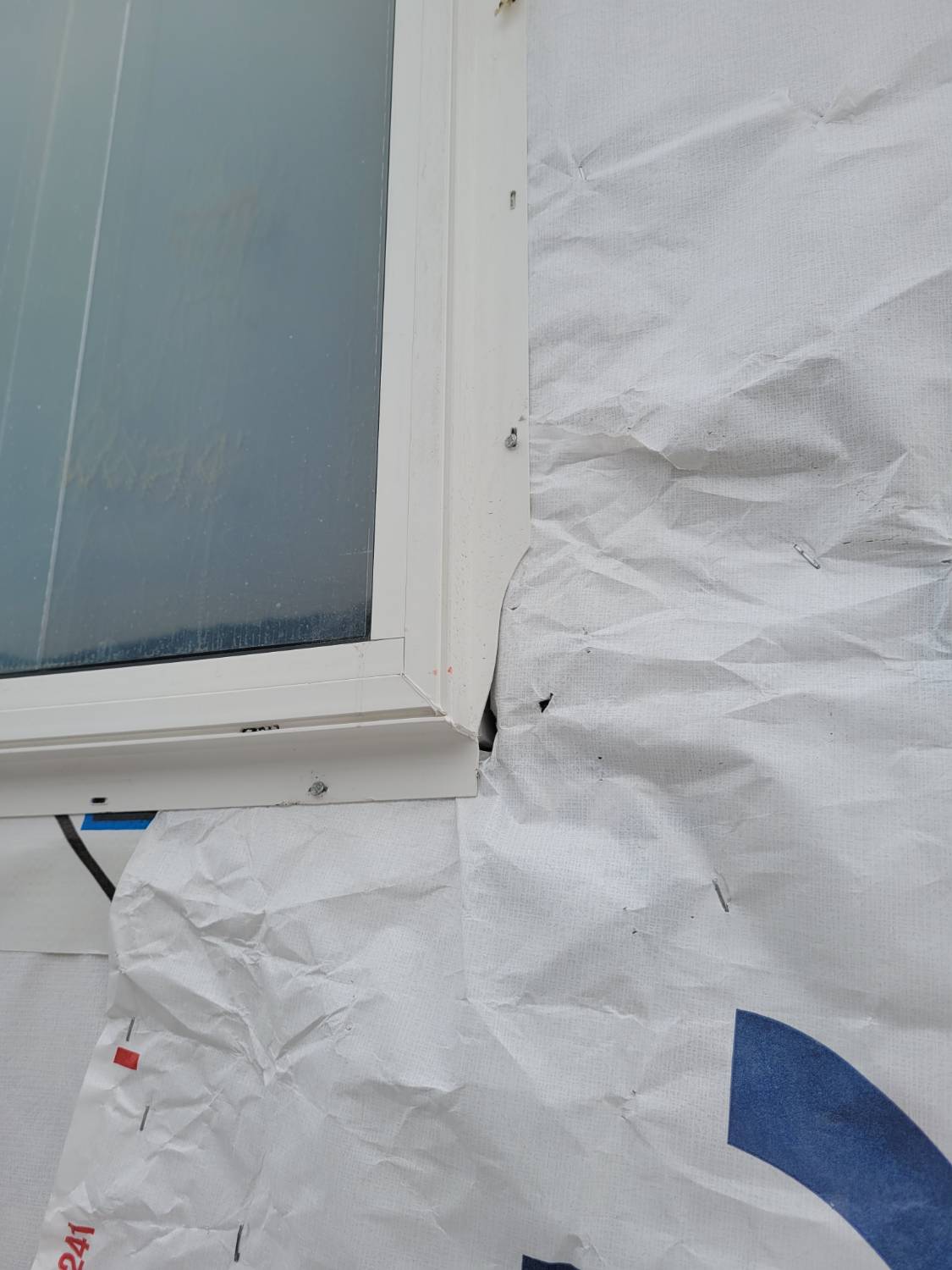
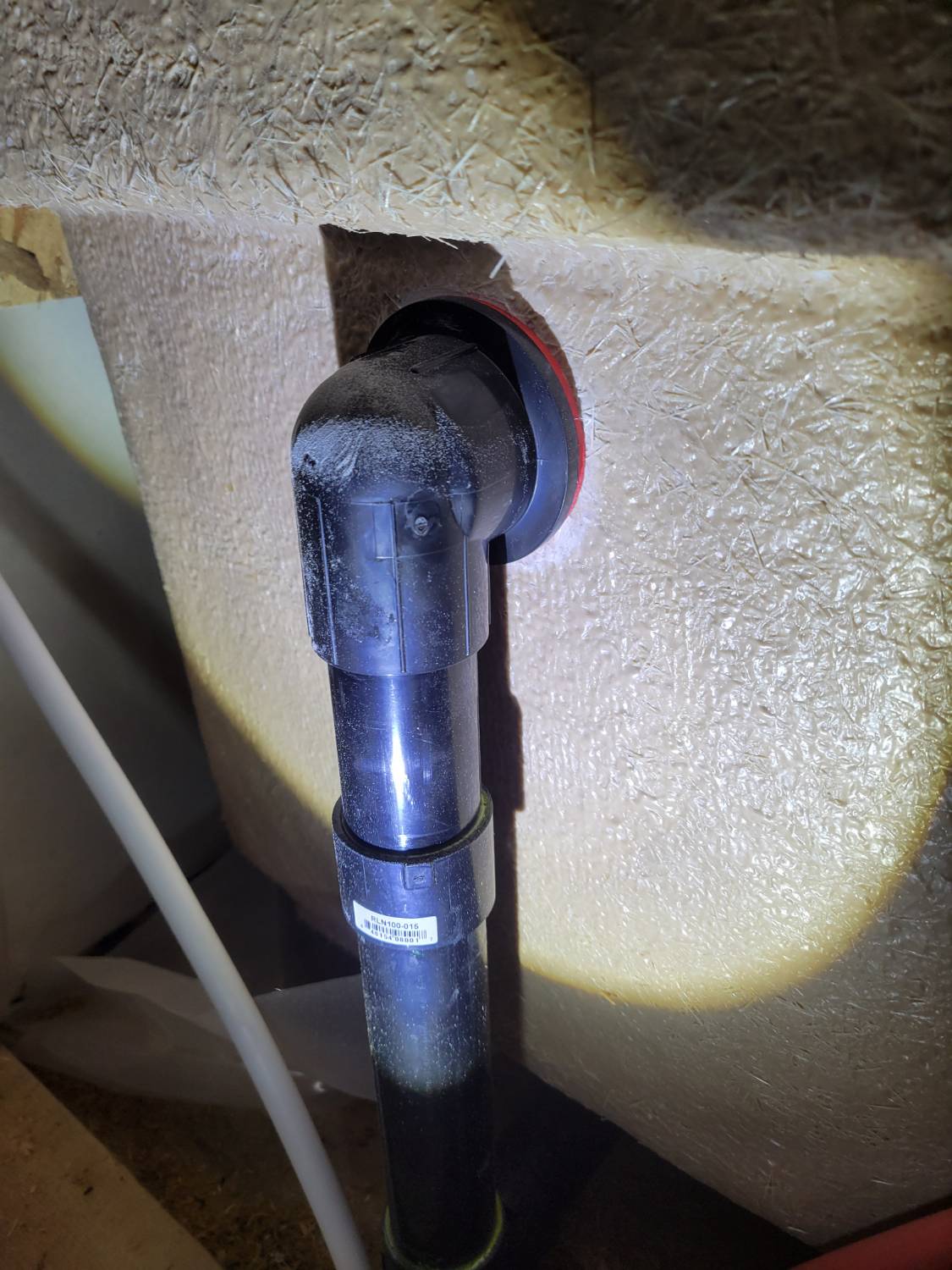
How Much Does a New Build Home Inspection Cost?
The cost of a new build home inspection varies depending on the size of the home, the number of inspection stages, and any unique features of the property. For example, inspecting a single stage, like the pre-drywall phase, will cost less than a package that includes multiple inspections across the build timeline. Larger or more complex homes may also increase the cost due to the additional time and detail required.
Scheduling Your New Build Home Inspection
Scheduling an inspection for new construction in Calgary differs from traditional real estate transactions. New builds typically have more flexible inspection timelines, allowing you to book inspections well in advance. Most inspectors can accommodate these requests with longer lead times, which reduces scheduling conflicts.
To coordinate your inspection:
- Communicate with Your Builder: Share your inspection plans and request access to the site during key stages. Builders are generally cooperative as long as they’re informed in advance. They are responsible for site safety and need to be made aware of an inspector’s presence.
- Contact Your Inspector Early: Reach out to your preferred home inspector as soon as your construction timeline is set. This ensures they can block off availability for your project.
- Confirm the Details: Provide specifics about your home, including size, location, and the inspection stages you’d like to schedule. This helps your inspector prepare and provide accurate pricing.
New construction inspections are typically easier to schedule than those tied to real estate transactions, which often require quick turnarounds. By planning ahead, you’ll have peace of mind knowing your inspections are in place and your investment is protected.
Should You Hire a Home Inspector for Your New Build?
Hiring a home inspector for your new build ensures that any potential issues—whether structural, mechanical, or cosmetic—are identified and addressed at the right stages of construction. This proactive approach not only protects your investment but also gives you confidence in the long-term performance and comfort of your home. Bringing in a new construction home inspector means you get:
- Independent Perspective: Your inspector works for you, ensuring their findings prioritize your interests.
- Thorough Inspections: Unlike builder walkthroughs or municipal reviews, a professional inspection dives deeper into areas that may be overlooked.
- Peace of Mind: Knowing your home has been inspected at critical stages means fewer surprises after you move in.
New construction is a collaborative process. By catching potential concerns early, you can address them before they escalate, making the transition into your new home smoother and more enjoyable.
For any inquiries or to schedule an inspection, feel free to email us at chris@calgaryhomeinspector.ca, text 825-863-2372, or book a time slot online.
We’re proud to extend our services beyond Calgary. We offer home inspection services in Airdrie, Chestermere, Cochrane, Okotoks and more!

